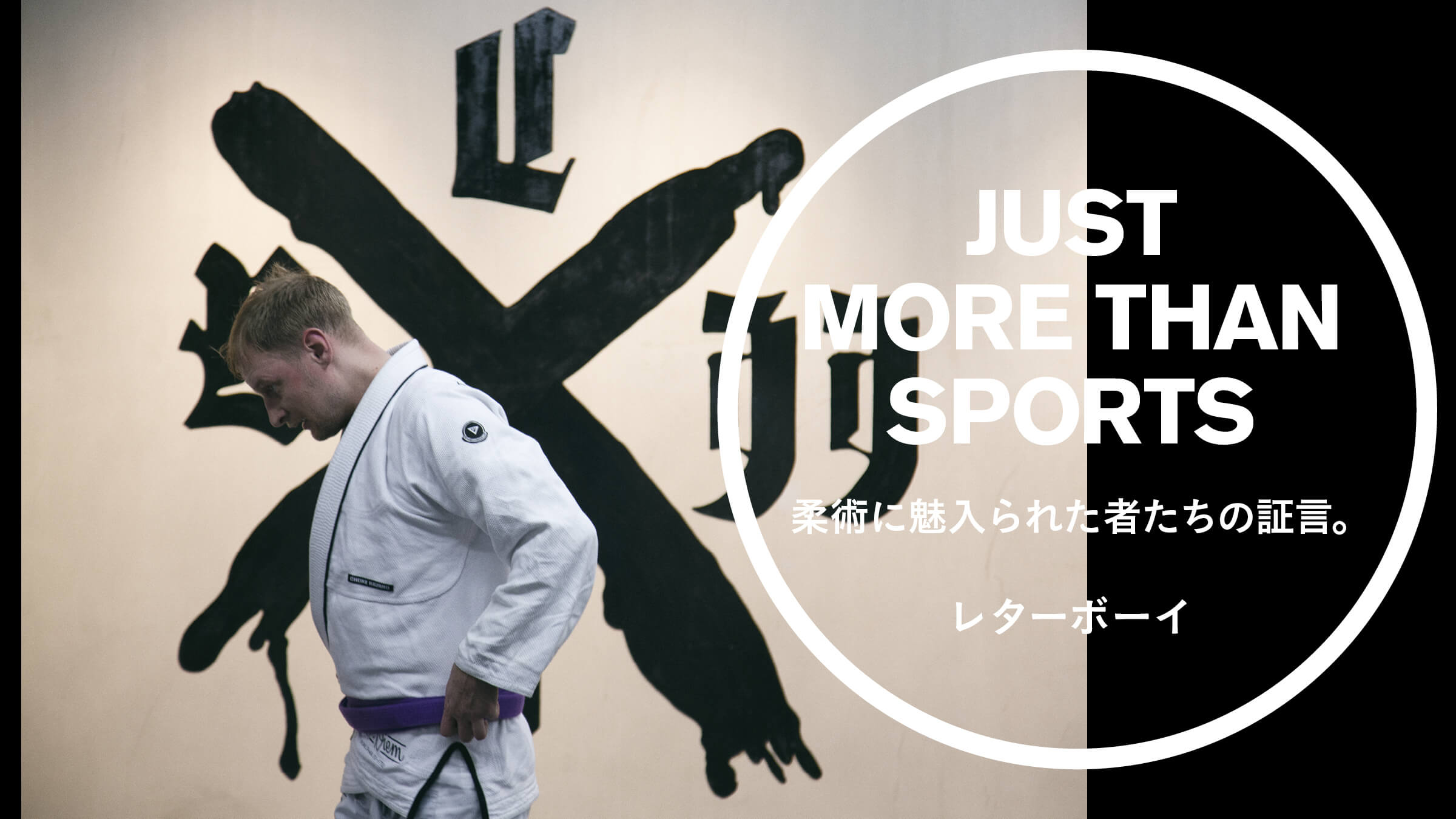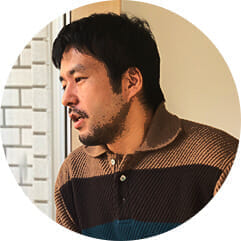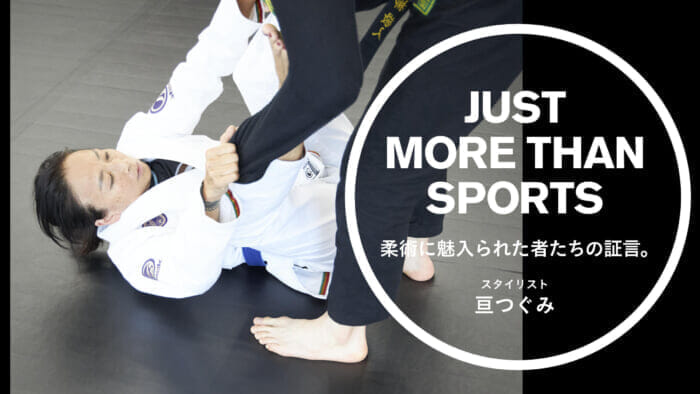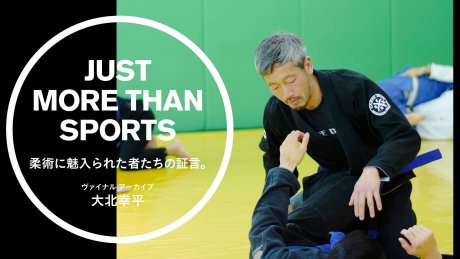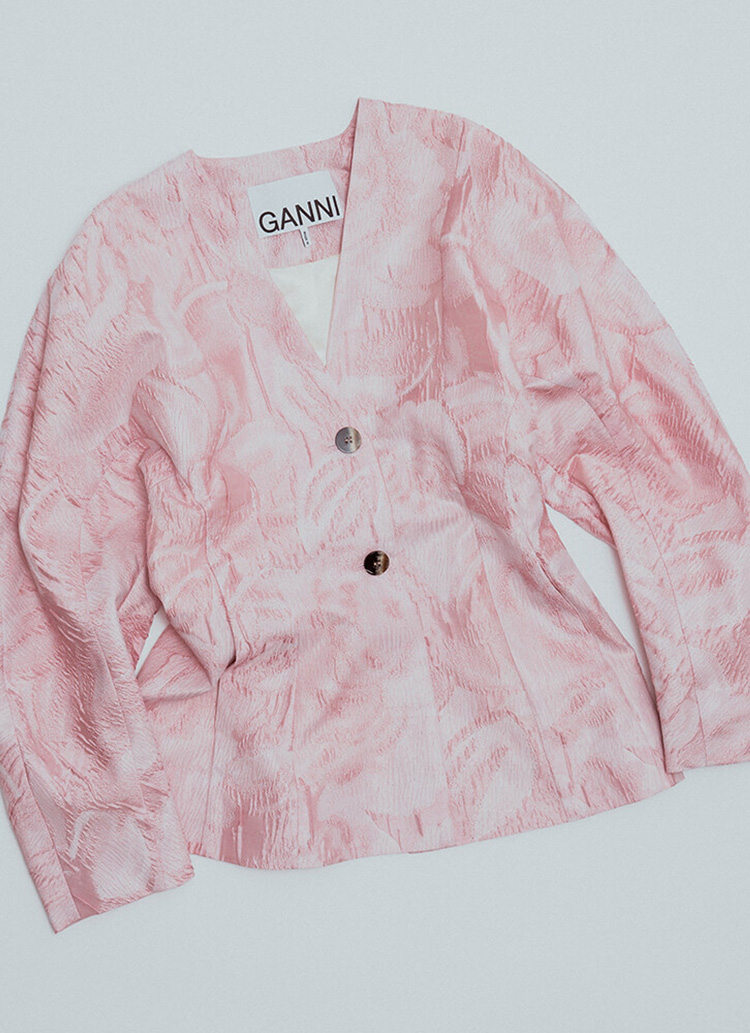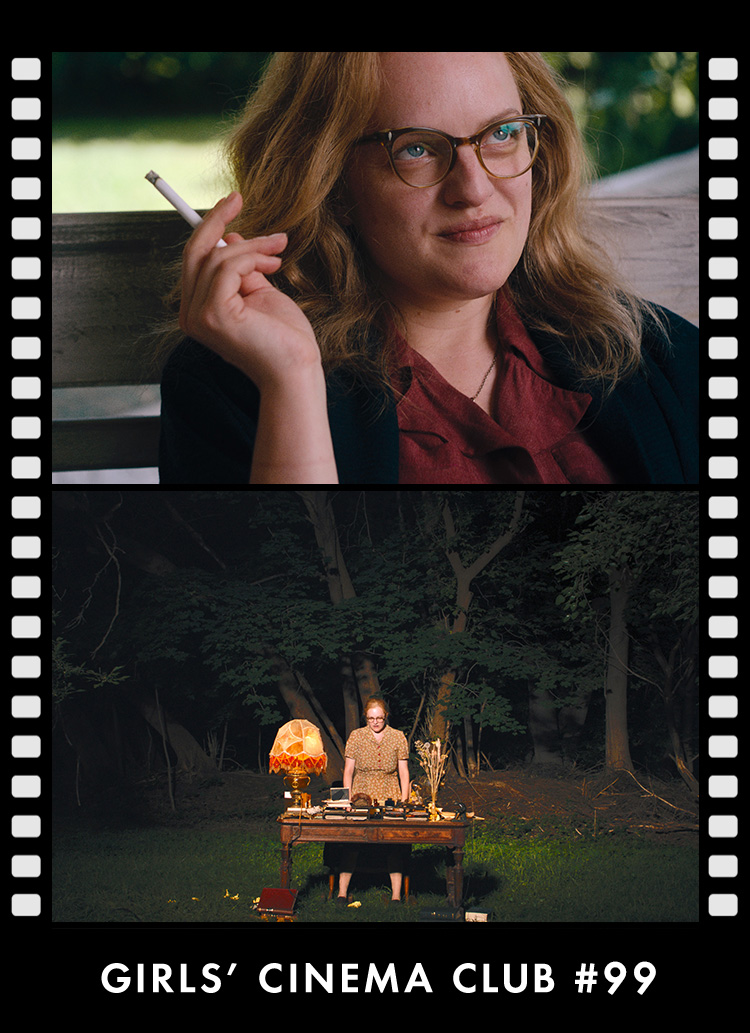PROFILE

Born in Sweden. Currently based in Tokyo, he is a graphic designer, calligraphy and hand lettering artist, and sign painter. He uses a variety of lettering techniques including calligraphy, sign painting, typography, and digital graphics. He has been practicing jujutsu for 10 years. His belt color is purple.
letter-boy.com
The first hurdle and the fun of overcoming it.

How often do you go to Jiu-Jitsu?
Letterboy (L):Usually 3 or 4 times a week. There are times when I am injured or very busy with work, so I am not able to attend as often.

How long have you been practicing jiu-jitsu?
L:I started Jiu-Jitsu about 10 years ago. Before that, I was doing Muay Thai and boxing, and gradually moved into Jiu-Jitsu. After moving to Japan, I continued with Muay Thai and boxing, but I didn't have time to do everything, and I didn't want to get punched in the face anymore, so I decided to focus on Jiu-Jitsu (laughs).
Please tell us briefly the difference between Muay Thai and Jiu-Jitsu.
L:Muay Thai is a standing combat and uses eight parts of the body: hands, elbows, knees, and feet. Jiu-jitsu is a fighting style that involves lying on the mat and fighting without punches or other blows.

What got you into Muay Thai and fighting in the first place?
L:I have always been interested in martial arts and took karate when I was a little girl. Besides, I had a strong desire for my own safety. Tokyo is very safe, but in Sweden, where I come from, you have to protect yourself, so I started learning to feel safe.

What do you enjoy about Jiu-Jitsu?
L:Actually, I think learning jiu-jitsu is difficult for anyone in the beginning. Nobody has much experience rolling with other people as an adult (laughs). But once you get past the initial obstacles, it becomes more and more fun. I like the long process of learning anything, that if you persevere at the beginning, you will learn it properly. Because it never ends, there is always something to learn. I am happy when I can do techniques that I couldn't do before by continuing to learn. I also enjoy seeing who a person is by the way he or she approaches Jiu-Jitsu. I think I express my personality in such ways as, "This is how this person does kumite. And of course, it is also a competition, like a game of human chess, where both players are trying to figure out how to beat the other. So it's not just exercise, it's also brain exercise. Besides, I think we have all had the experience of lying on the ground like wrestling with our friends or brothers when we were children, but as adults we naturally stop doing that. But I think it is very natural to miss the act of competition and skin-on-skin contact as a sport in that way.
- 1
- 2






